
2 min read
Healthy Materials Series: Wool
WLLW explores wool’s rich history, natural health benefits and its enduring role as a sustainable, versatile material in interior design and everyday living.

3 min read
As part of the Healthy Materials Series, this article examines ceramic as a safe and sustainable choice. Learn how this versatile material combines history, beauty and practicality.
The history of ceramics is as rich as the material itself, tracing back to ancient civilizations such as Mesopotamia and China, where clay was transformed into pottery, tools and art. By the time of the Roman Empire, ceramics had become a staple of everyday life, used for cooking, storage and architectural adornments. The Middle Ages saw the development of decorative tiles and porcelain, with innovations spreading across Europe and Asia. Today, ceramics remain commonplace in the home, appreciated not only for their aesthetics but also for their ease of use. With modern techniques, ceramics now encompass a vast range of applications, from elegant dinnerware to durable floor tiles, while maintaining their timeless connection to craftsmanship and culture.
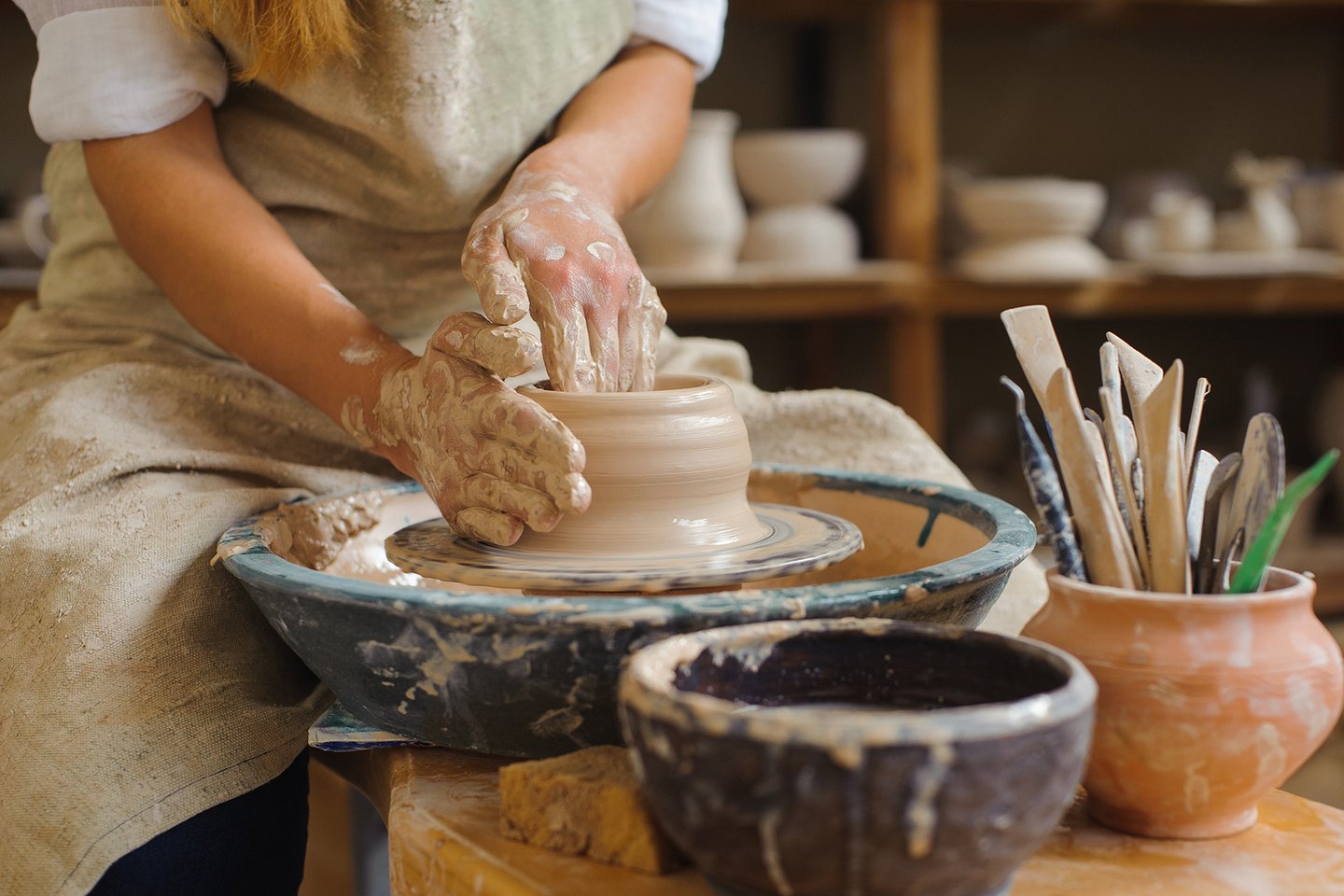
Ceramics are among the healthiest materials for home use, crafted primarily of natural materials such as clay, feldspar, quartz and kaolin (a fine, white clay composed of the mineral kaolinite), which are mixed, shaped and fired at high temperatures. They’re free from Volatile Organic Compounds (VOCs) which means they do not emit harmful chemicals into the air, ensuring a safer indoor air quality. High-fired ceramics, such as stoneware and porcelain, are especially valued for their non-porous surfaces, which resist bacteria, stains and odors, making them a hygienic choice for kitchens and bathrooms. However, caution is necessary with antique or low-quality ceramics, as glazes may contain lead or cadmium, which can leach into food or beverages. These heavy metals can cause serious health issues, including neurological damage, kidney dysfunction and increased risk of cancer, particularly with prolonged exposure.
Ceramics are durable, long-lasting, and recyclable, making them an environmentally friendly material when produced responsibly. Clay, the primary raw material, is abundant, and the longevity of ceramics means less frequent replacements and waste. However, the production process can be energy-intensive due to the high temperatures required for firing. 55 percent of all thermal energy used in the ceramic production process is attributed to ceramic firing. Sustainable practices, such as using renewable energy or locally sourced clay, can mitigate some of this impact. Moreover, small-batch ceramicists, such as Robynn Storgaard or John Julian, often prioritize reducing waste during production, aligning ceramics with sustainable values.

Ceramic finishes include glazes that provide smooth, waterproof surfaces. While most modern glazes are food-safe, older or decorative ceramics may use finishes containing heavy metals like lead or cadmium, posing health risks. Additionally, some ceramics are painted or coated with synthetic dyes and enamels, which may degrade over time and release toxins. When purchasing ceramics, it’s essential to confirm that they are food-safe and lead-free. For installations like tiles, opt for low-emission adhesives to avoid compromising indoor air quality.
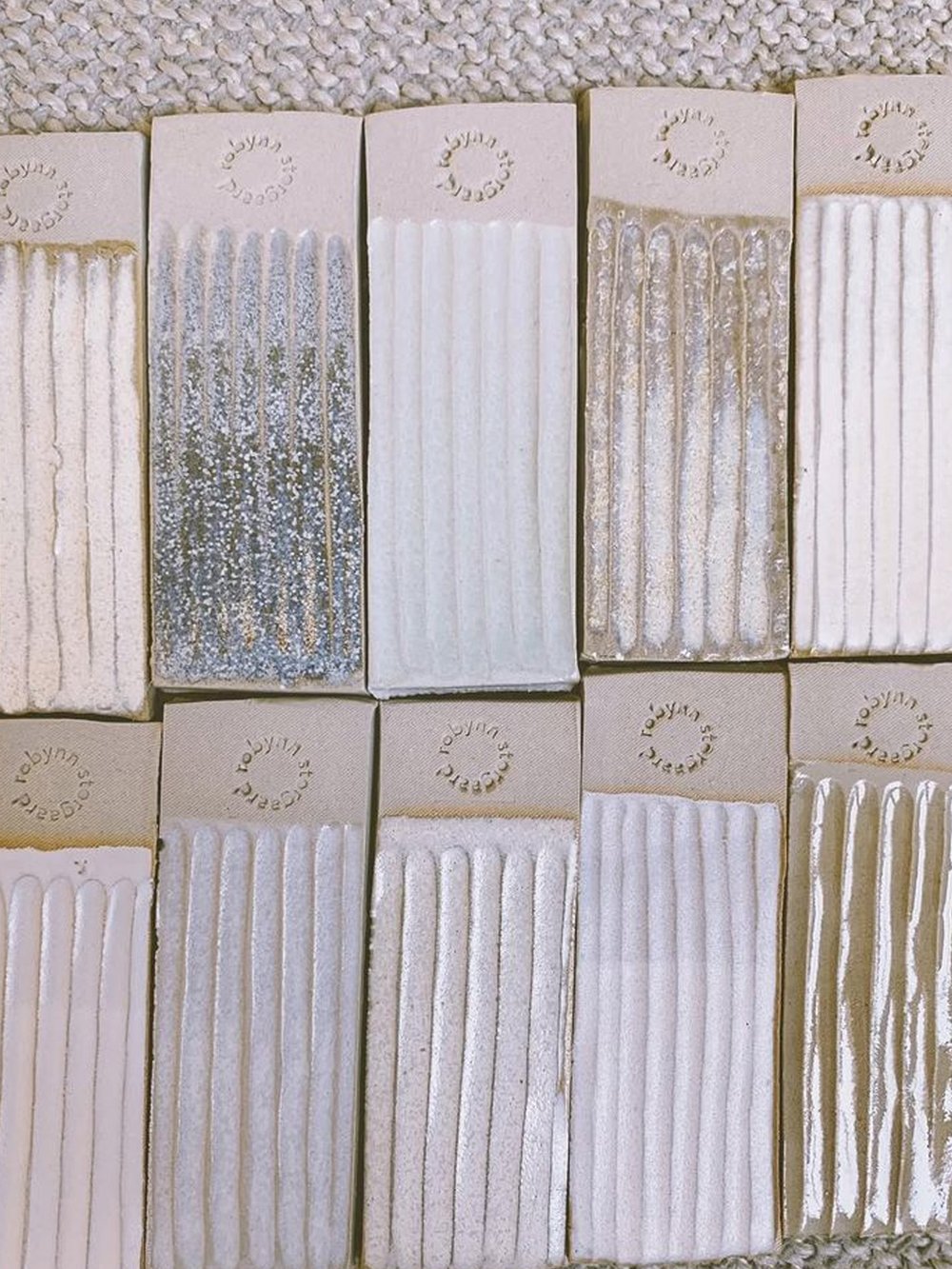
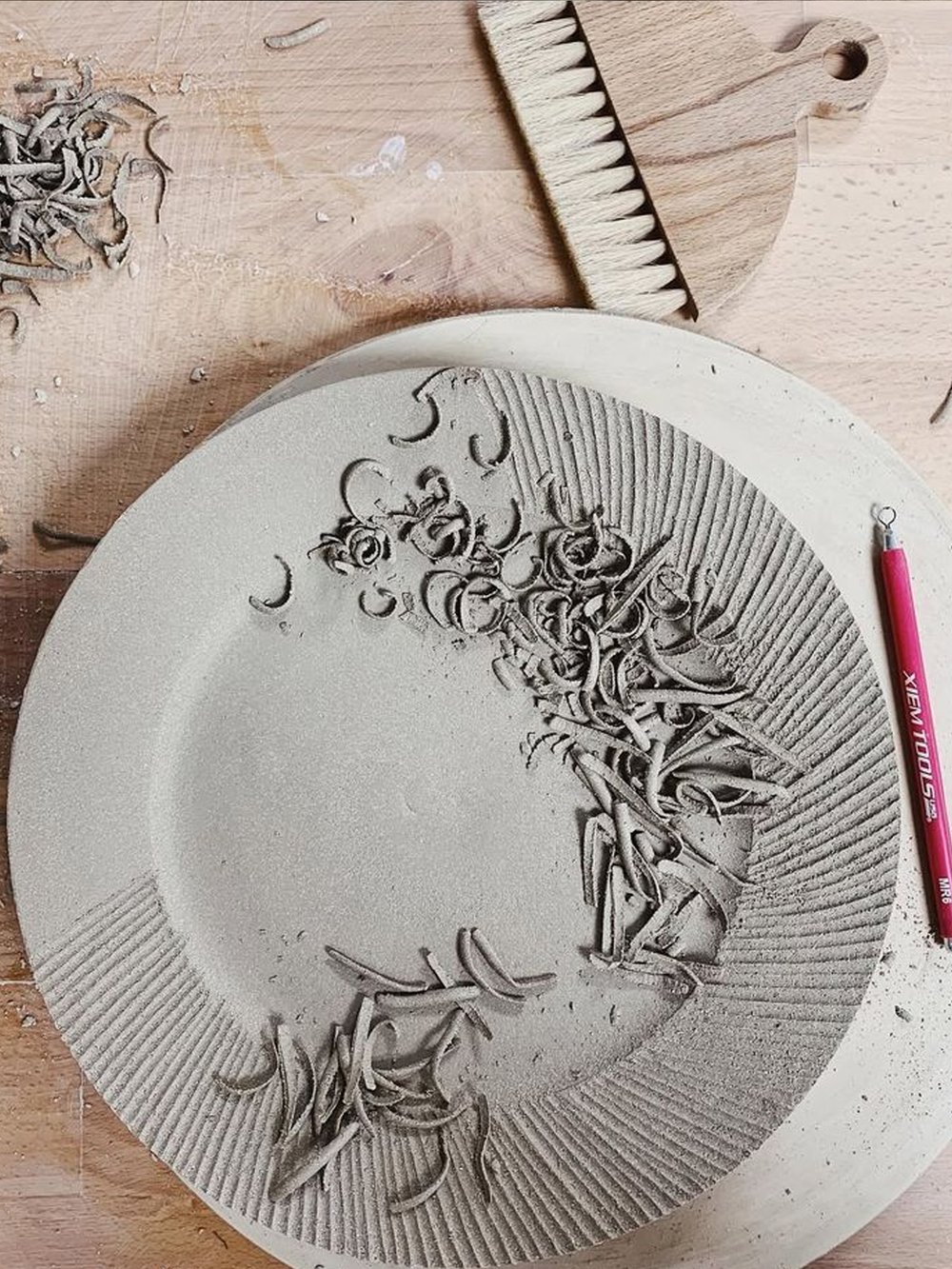
When selecting ceramics for your home, it’s important to be cautious of certain terms that may indicate the use of harmful chemicals or unsustainable practices. Words like ‘antimicrobial’ often signal coatings that rely on chemical additives, such as triclosan, which can cause birth defects and miscarriages. Similarly, terms like ‘stain-resistant’ or ‘non-stick’ may indicate the presence of synthetic coatings that can degrade over time and release toxins such as Per- and Polyfluoroalkyl Substances (PFAS). Be wary of ceramics labeled ‘decorative use only’, as these pieces often contain glazes or paints unsuitable for food or drink. Additionally, ‘low-fired’ ceramics, while more affordable, tend to be porous and less durable, making them prone to bacteria build-up and breakage. Instead, look for certifications such as Prop 65 compliance (for lead and cadmium safety), FDA-approved food-safe labels or ISO 14001 certification, which indicates environmentally responsible manufacturing practices.

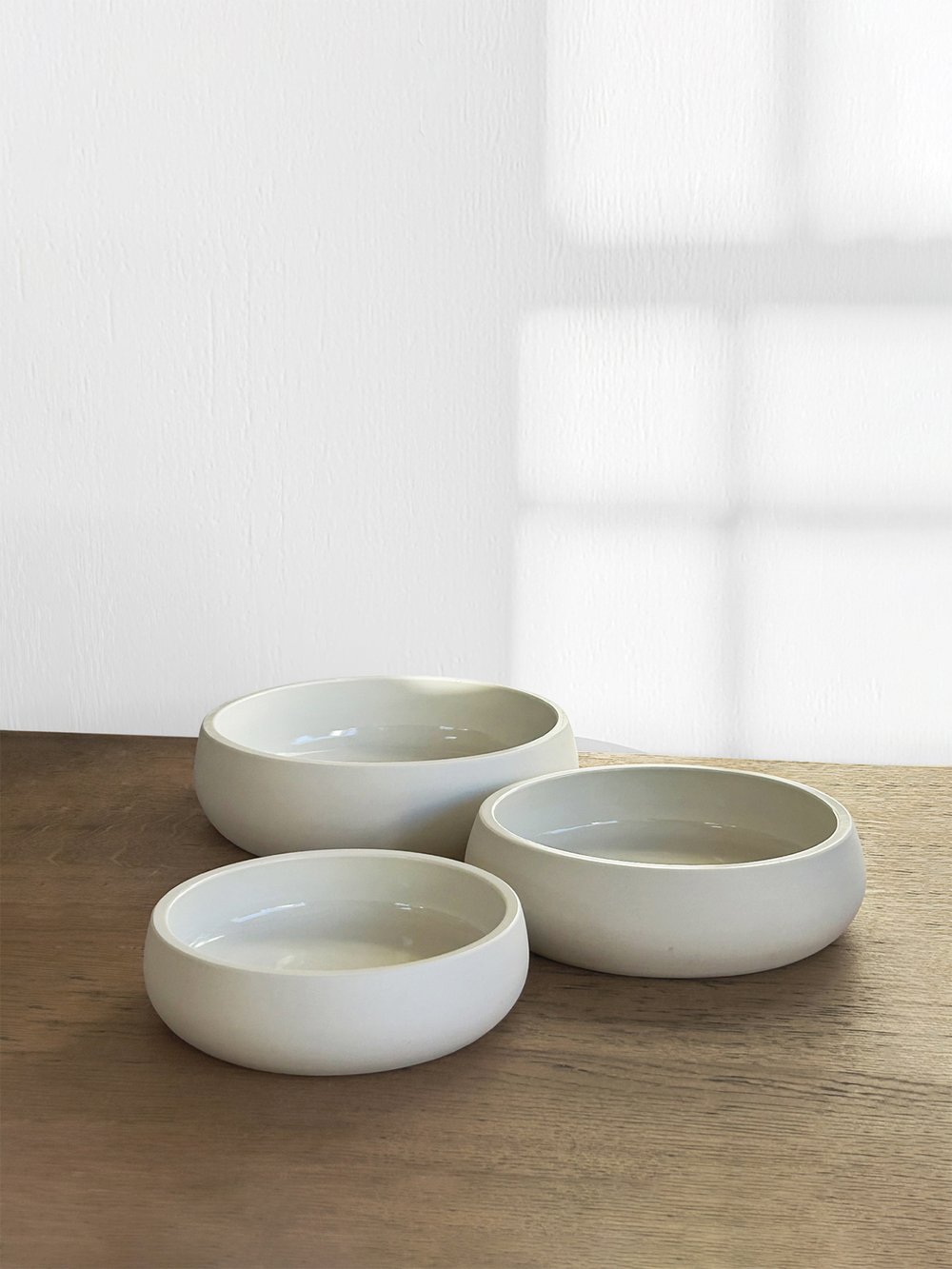



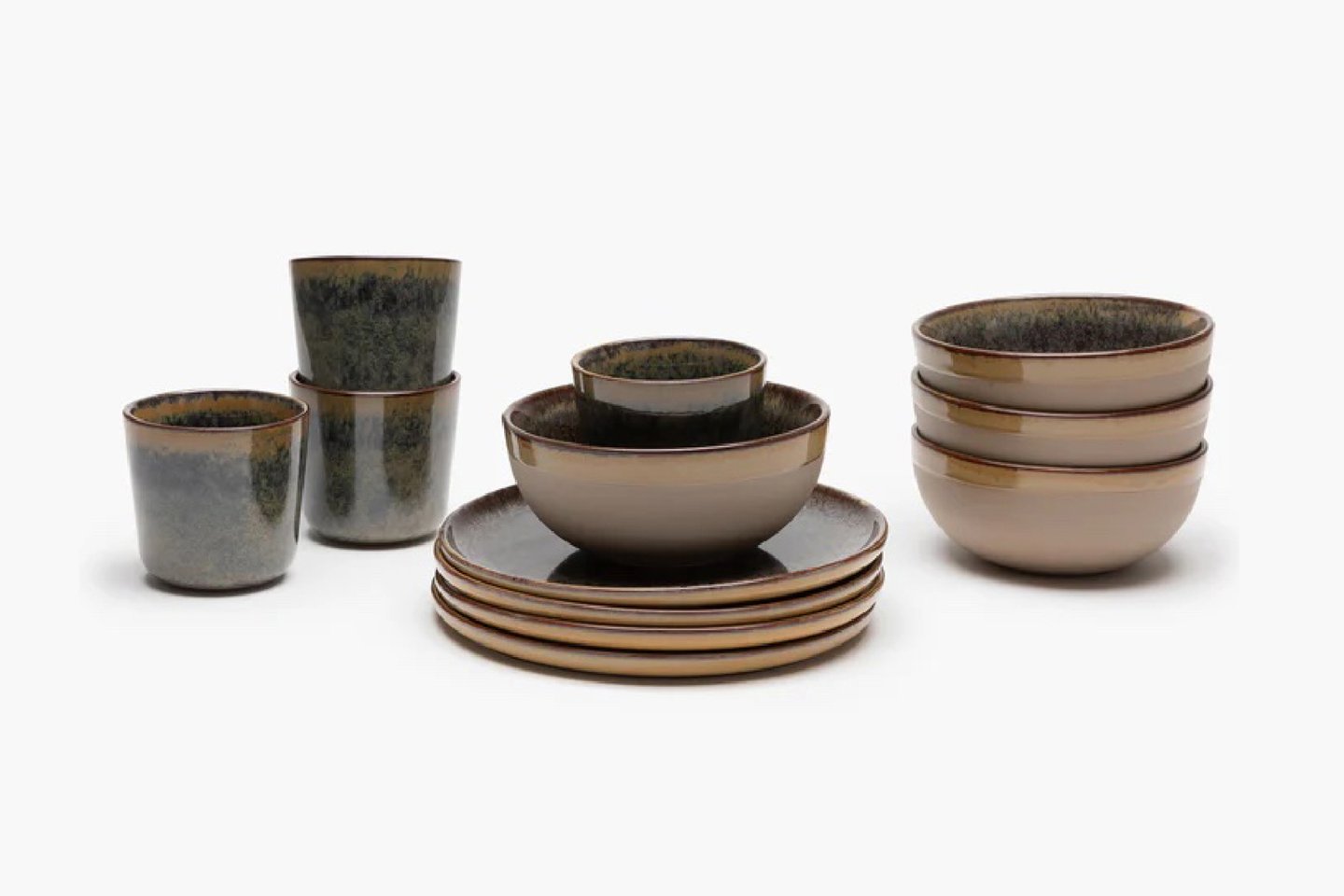
Feature Image: Plate collection by Robynn Storgaard
Photography: Lisovoy/Adobe, Tommoh29/Adobe, Robynn Storgaard, Adam Ross Ceramics, John Julian, When Objects Work, Serax


2 min read
WLLW explores wool’s rich history, natural health benefits and its enduring role as a sustainable, versatile material in interior design and everyday living.

2 min read
In the latest of our Healthy Materials Series WLLW considers the health and environmental impacts of glass.